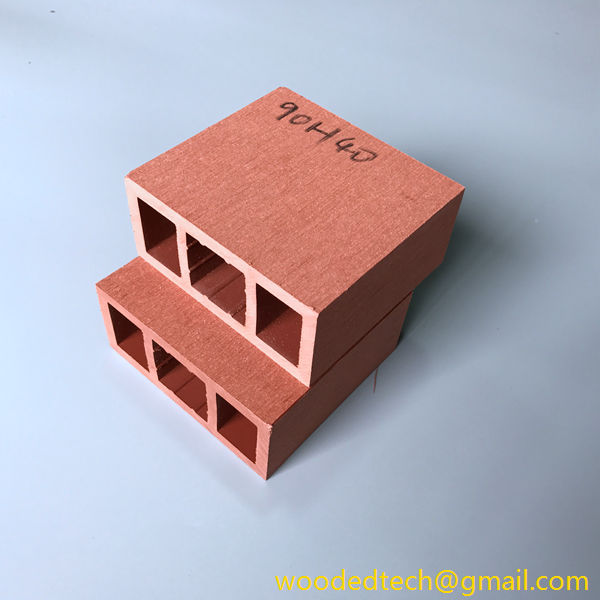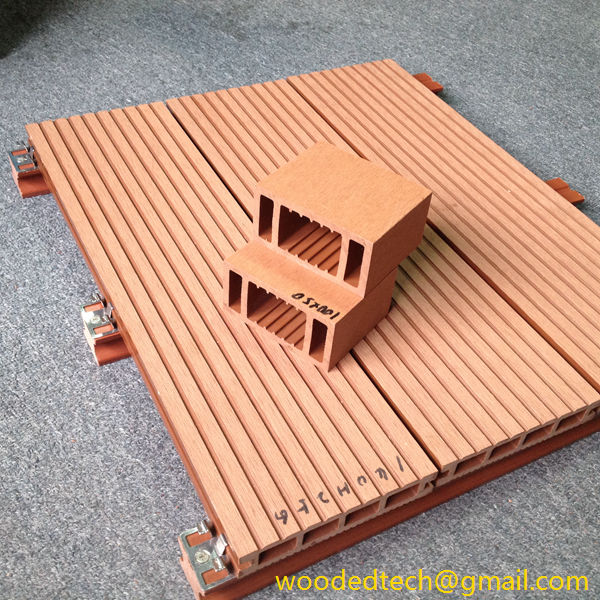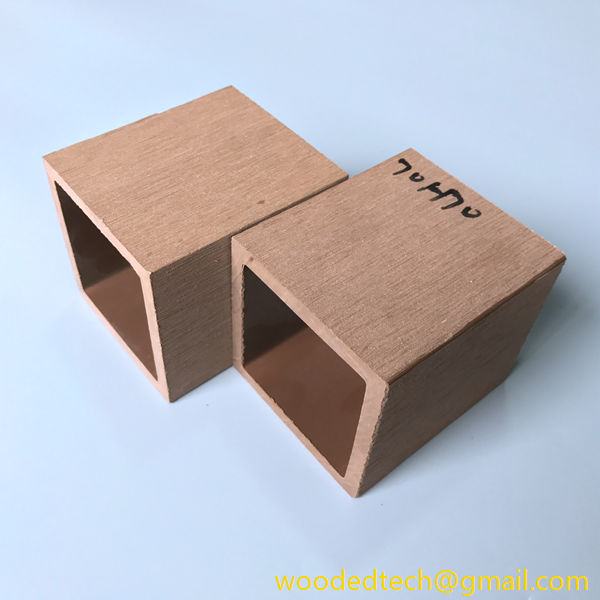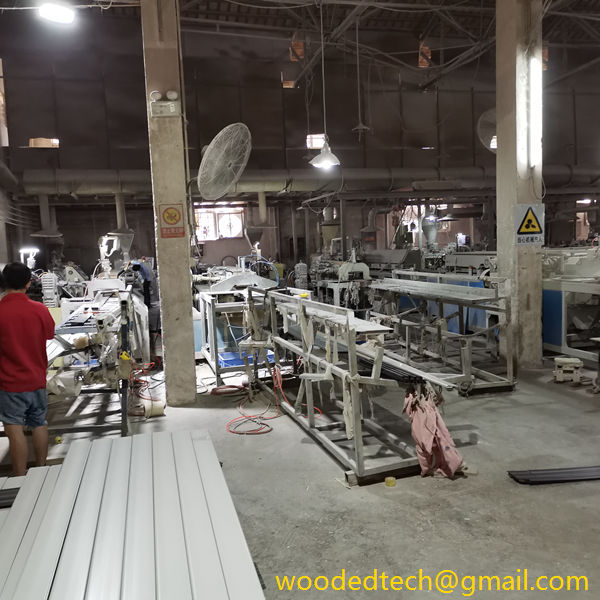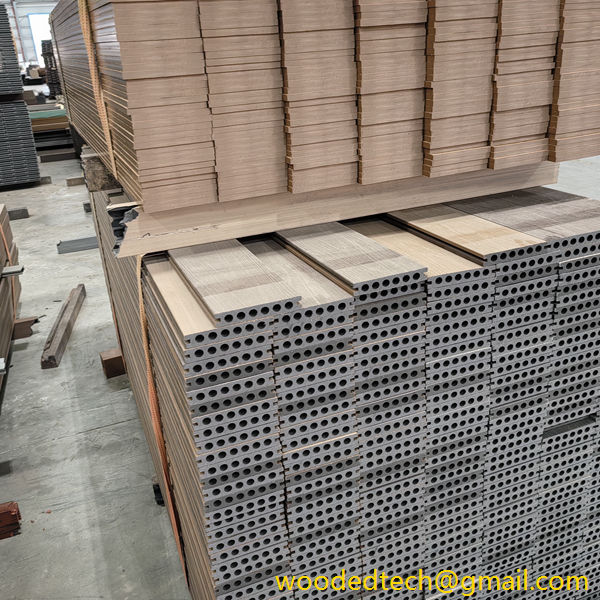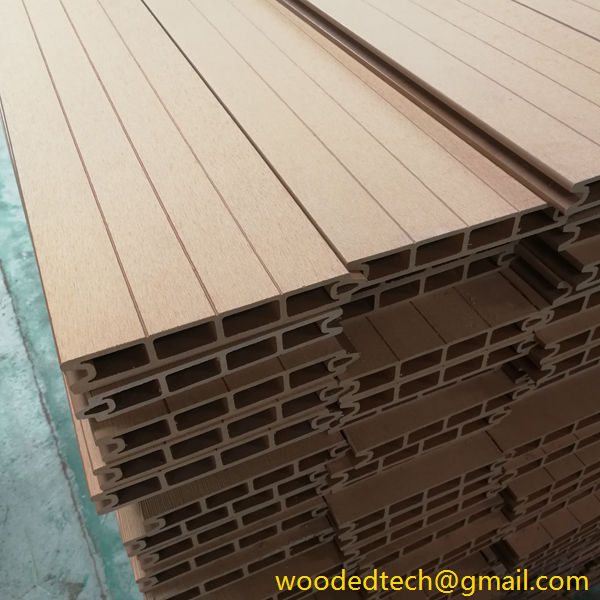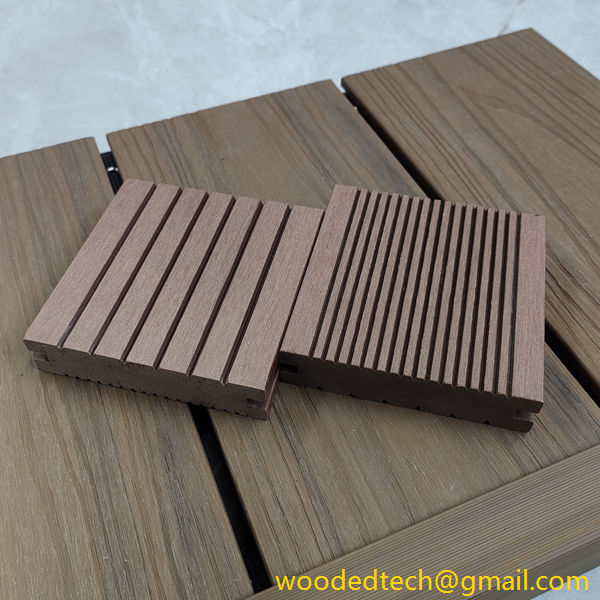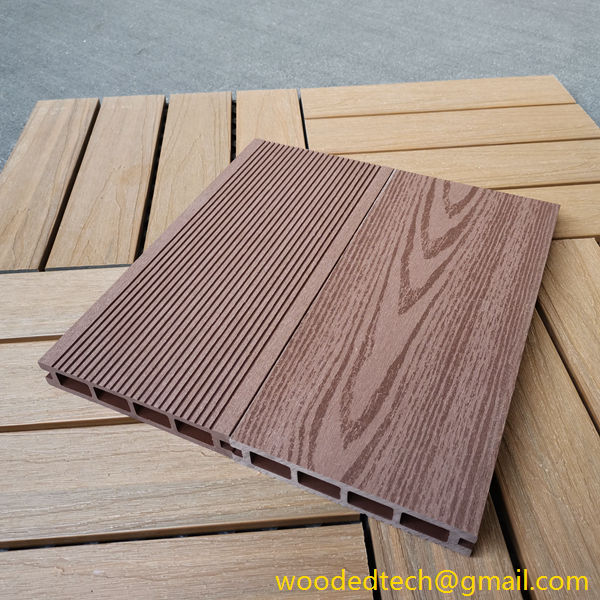Applications pratiques du bois plastique 2xpour des solutions d'amélioration de l'habitat durables et pérennes
Practical Applications of Plastic Wood 2xfor Durable and Sustainable Home Improvement Solutions In recent years, the construction and home improvement industries have witnessed a significant shift towards sustainable materials, driven by a growing awareness of environmental issues and the need for durable solutions. One innovative material that has emerged in this context is plastic wood,…
Applications pratiques du bois plastique 2xpour des solutions d'amélioration de l'habitat durables et pérennes
In recent years, the construction and home improvement industries have witnessed a significant shift towards sustainable materials, driven by a growing awareness of environmental issues and the need for durable solutions. One innovative material that has emerged in this context is plastic wood, also known as wood-plastic composite (WPC). This versatile material combines the aesthetics of natural wood with the resilience and low maintenance of plastic, making it an excellent choice for various applications in home improvement.
Plastic wood is manufactured by blending wood fibers or flour with thermoplastic resins, resulting in a material that offers the best of both worlds. This unique composition provides several advantages over traditional wood, including resistance to moisture, insects, and decay. As a result, plastic wood has become increasingly popular for outdoor applications, where exposure to the elements can lead to the deterioration of conventional wood products.
One of the most practical applications of plastic wood is in decking. Traditional wooden decks require regular maintenance, including staining, sealing, and replacement of rotting boards. In contrast, plastic wood decking offers a long-lasting solution that can withstand harsh weather conditions without warping or splintering. Homeowners can enjoy the beauty of a wooden deck without the burden of constant upkeep. Additionally, plastic wood is available in a variety of colors and finishes, allowing for customization to match the desired aesthetic of any outdoor space.
Another significant application of plastic wood is in the construction of fences and gates. Wooden fences can deteriorate over time due to exposure to moisture, pests, and the elements. Plastic wood fences, on the other hand, are designed to maintain their appearance and structural integrity for many years. They do not require painting or staining, which not only saves time and money but also reduces the use of harmful chemicals often associated with traditional wood treatments. Furthermore, plastic wood is an eco-friendly option, as it can be made from recycled materials, contributing to waste reduction in landfills.
In addition to decking and fencing, plastic wood can also be used for outdoor furniture. Traditional wooden furniture often succumbs to weather-related damage, leading to frequent replacements. Plastic wood furniture, however, is designed to be durable and resistant to fading, splintering, and cracking. This resilience makes it an ideal choice for patio sets, benches, and picnic tables. Homeowners can invest in outdoor furniture that not only looks good but also stands the test of time, providing a sustainable and practical solution for their outdoor living spaces.
Another area where plastic wood excels is in landscaping applications. Raised garden beds, planters, and borders made from plastic wood can enhance the visual appeal of a garden while providing a practical solution that is resistant to decay. Traditional wooden planters may rot over time, especially when in contact with soil and moisture. Plastic wood planters, however, offer a longer lifespan, allowing gardeners to focus on cultivating their plants rather than replacing deteriorating containers.
Moreover, plastic wood is increasingly being used in the construction of playground equipment and other recreational structures. Safety is a top priority for these applications, and plastic wood provides a splinter-free surface that is less likely to cause injuries to children. Additionally, its resistance to moisture and insects ensures that playgrounds remain safe and functional for years, reducing the need for frequent repairs or replacements. This durability aligns with the growing emphasis on sustainable practices in public spaces, as municipalities seek long-lasting solutions that minimize maintenance costs.
Beyond outdoor applications, plastic wood can also be utilized in interior home improvement projects. From cabinetry to trim work, this material offers a unique aesthetic that can enhance the overall design of a home. Its resistance to moisture makes it particularly suitable for areas like kitchens and bathrooms, where traditional wood may be prone to warping and damage. Homeowners looking for stylish and sustainable options can find a range of plastic wood products that replicate the look of natural wood while providing added durability.
Another compelling aspect of plastic wood is its eco-friendly characteristics. Many manufacturers produce plastic wood using recycled materials, including post-consumer plastics and wood waste. By repurposing these materials, the production of plastic wood contributes to a circular economy and helps reduce the demand for virgin resources. Homeowners who choose plastic wood for their projects can take pride in making environmentally conscious decisions that promote sustainability.
In conclusion, plastic wood presents a multitude of practical applications for durable and sustainable home improvement solutions. From decking and fencing to outdoor furniture and landscaping, this innovative material offers a range of benefits that traditional wood cannot match. Its resistance to moisture, insects, and decay, combined with its eco-friendly production methods, makes plastic wood an attractive option for homeowners seeking long-lasting and low-maintenance solutions. As the demand for sustainable materials continues to grow, plastic wood is poised to play a significant role in shaping the future of home improvement. By embracing this versatile material, homeowners can enhance their living spaces while contributing to environmental sustainability.

